The early seventies were a great time to be a sports car nut. That was especially true if you were looking for a smaller sports car. You can choose from traditional front-engine rear-wheel drive cars like the MG Midget, MG MGB, Triumph Spitfire, Triumph TR6, Fiat 124, and the new Datsun 240Z. Porsche’s 914 took care of your mid-engine needs at the dawn of the decade, and the Fiat X1/9 joined it a bit later. Then you had Saab’s quirky but cool front-engine front wheel drive Sonett. The 1971 Saab Sonett you see in the pictures above and below is the third iteration of Saab’s out-of-the-box thinking for a sports car.
How is this car an example of out-of-the-box thinking? Conventional wisdom with sports cars is that you want either rear-wheel drive or all-wheel drive (if you can make it light enough) for traction. You also want a 50-50 weight distribution, where, ideally, the weight is equally balanced between the front and rear axles. That weight should be as low as possible in the chassis, and the suspension should be able to take the car through high-speed turns with aplomb. For horsepower, you want as much as you can get in a wide, useable range. The Sonett offered little of that, with a tall V-4 engine sitting out front driving the front wheels, but the design worked and was truly unique.
To understand why the Sonett was different, you have to start at the beginning. A handful of Saab engineers developed a sports car concept that looked like a Swedish version of a Porsche Spyder. Part of the innate “Swedishness” of the design is the front wheel drive that Saab used on all of its cars in its snowy home climate. This sporty front wheel drive car was intended for racing, but only six were built. Hope was not lost on a Saab sports car. From 1966 through 1969, Saab mass-produced a sleek two-seat sports car with a steel chassis and a fiberglass body called the Sonett II. These later came with V-4 Ford engines under the hood, all with front-wheel drive. In 1970, Saab revised the Sonett design, which was called the Sonett III. Given that nearly all of the sales went to North America, the revised cars had the shifter for the manual transmission moved from the column to the floor, air conditioning was offered as an option, and an SCCA race program proved that putting the engine’s weight forward of the front axle line and turning the front wheels instead of the rear wheels was a good idea. Being very light didn’t hurt its performance either. These quirky cars were produced until 1974.
The 1971 Sonett you see here is a project car that the seller started to restore. Sadly, the seller has decided they don’t have the time to see this project through. Some of the body panels have been removed, and the front end has been partially disassembled. We are told that the fiberglass body panels are in fair to good condition and that the V-4 engine turns by hand but is not currently running despite looking like it has been recently rebuilt in the picture below. The biggest issue is some rust in the floor pans and frame. The extent to which corrosion has damaged these areas is not disclosed. The car will have extra parts, new tires, an owner’s manual, and a repair manual.
Looking at the pictures reveals a car that is very simple in construction and appears to be a fairly easy project to get back on the road. We can see some surface rust on the floors when looking at the pictures above. We cannot see the extent to which the frame is damaged by corrosion. Chances are it is nothing that someone with a welder and some skill couldn’t make safe again. While you don’t see many Sonetts out there in the wild, the front wheel drive construction of these cars, combined with their lightweight, made them giant killers in racing. There is no reason why this neat little car couldn’t still be a fun car to race around in when it was finished. The low asking price is just the icing on the cake.
If your idea of a sports car is open to more unconventional designs, this 1971 Saab Sonett for sale on Craigslist in Lebanon, Tennessee, maybe the project for you. This complete but slightly needy Saab project can be yours for $1,000. Thanks to Chuck F. for this Swedish sports car find!
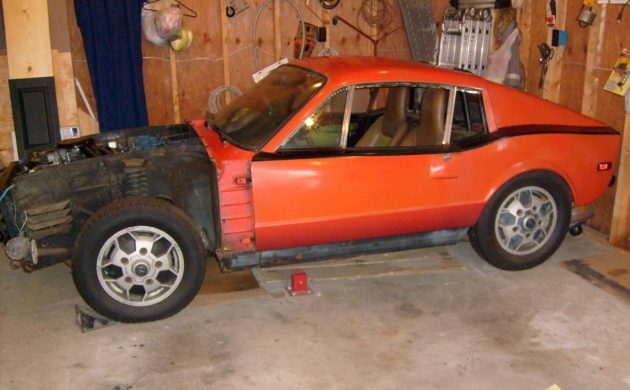
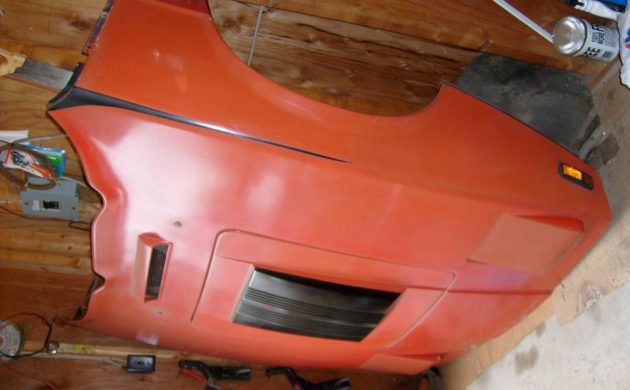
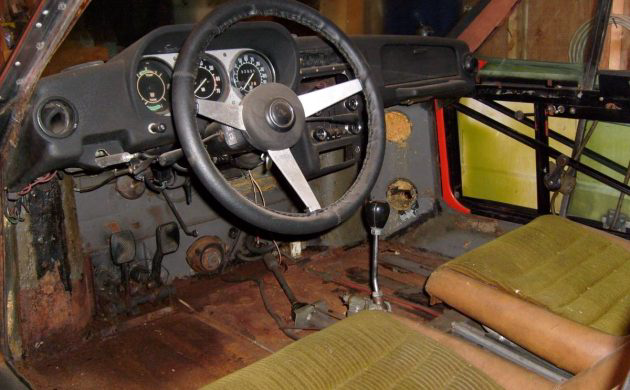
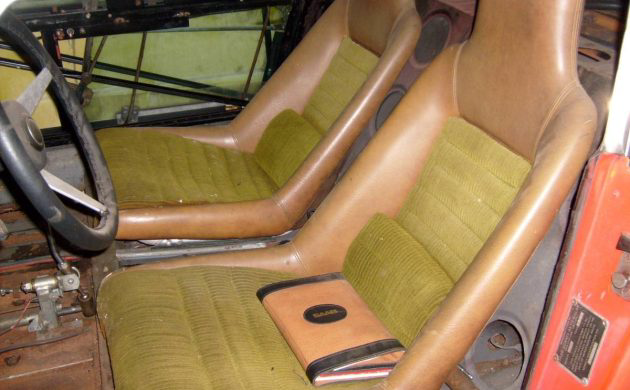
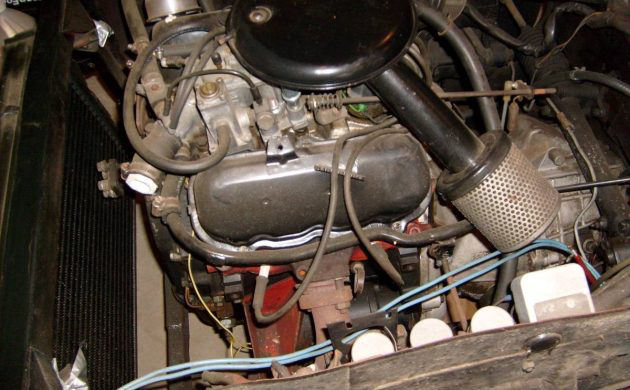




Nice job Jeff. Because of this article the Sonett is now on my list of fun cars to own.
and there is one on that other site right now!
I love these and damn that price is tempting..glad I haven’t moved to Tennessee yet I might have bought it glwta
A perfect candidate for a performance ev conversion.
Jeff
50-50 weight distribution sounds ideal, but its not. What 50/50 does is create inconsistency in the form of under steer/over steer. You have no predictability for the car when you go into a corner. Is the front end going to let go? rear?…50/50 means you have less stability in that answer. 60/40 is ideal for a front engined car as over/under steer becomes predictable and controllable – tune-able if you will. A rear engined car is still going to be 60/40 but as rear balance. It is still predictable and controllable.
My Spitfire racer is closer to 55/45 but its so sensitive that the difference in 7 gallons of gas in the trunk fuel-cell over a 20-30 minute session changes that balance back towards 60/40. My Formula Vee is about 70/30 and with me in the middle its about 65/35. Balance doesn’t equate to equal both sides of the equation.
loved them then, love em now but…
back then I was wrenchin on 50s/60s italians
in this condition. Bring back ’n drive sompin U couldnt initially
afford (but thru ur own energy). My hands itch (yup, even in ol age)
to tinker w/a 3/4 Essix6 (I have the 3.8 bent 6 that evolved out of this ina
ford wagon). Glass body or tin, 3 cyl 2 stroke or 4.4 Great look for pre 80s
(pre-dated those square lines all had after).
Right price fora kid today (like me back when).